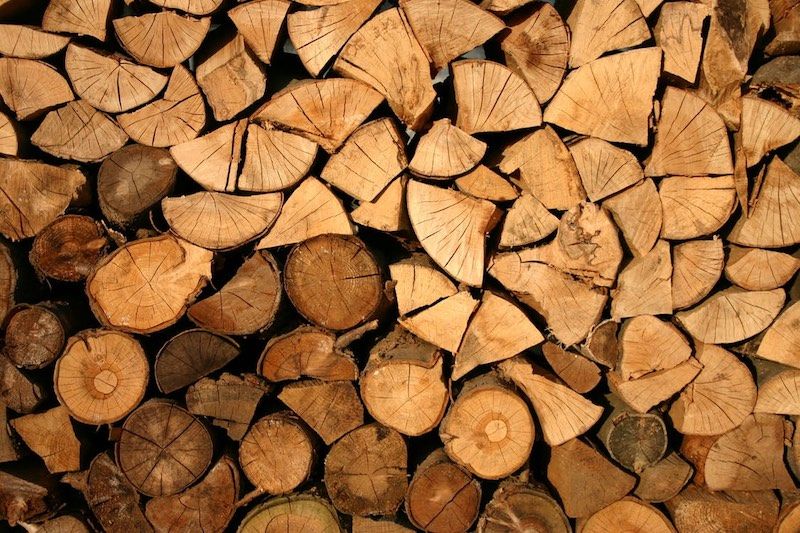Pests don’t want to be pests, it’s just their nature. They’re simple creatures looking for food, warmth, and safety. Unfortunately, your home is a prime target, offering everything these pests are looking for.
But how do they get into your home? Let’s find out!
Structural issues
Proper home maintenance can help reduce the likelihood of a pest infestation in your home stemming from issues involving:
Roofs
Leaks, loose or broken shingles, damaged insulation, and other areas in need of repair are a common cause of both insect and wildlife infestations. Damaged roofs are an easy access point for opportunistic critters. Plus, most people don’t spend much time on their roofs or in their attics, so it’s easier for an infestation to go unnoticed and take hold.
Gutters
When we’re not getting much rain, your home’s gutters can be a nesting spot for many types of bugs. During the wetter times of the year, leaky and clogged gutters and downspouts can lead to water damage on your home’s roofs, eaves, siding, and even the foundation. Water-damaged spots are softer and might make it easier for bugs and pests to get inside your home. Standing or pooled water also attracts bugs and pests.
Basements
Basements have lots of nooks and crannies for pests to hide. Plus, they offer easy access from your yard. Like your roof, they’re often not inspected and maintained as well as they should be. Cracks in your home’s foundation caused by tree roots, water damage, or other issues are among the most common ways pests get into your home.
Vegetation

Whether for nesting or as a source for food, pests and animals are attracted to trees, bushes, shrubs, gardens, and other plant life. When vegetation is too close to the home, or when a tree branch touches or hangs over your home, it increases the risk of pests finding their way onto and into your house.
Pruning and trimming vegetation, as well as inspecting plants for signs of pests, are good ways to reduce your risk of infestation. In some cases, diseased, decaying, dead, or damaged trees and plants may have to be removed as they are particularly likely to attract pests.
Gaps and holes
Rodents like Mice and Rats can squeeze through even very tiny spaces. An adult rat only needs ½” of space to fit through and mice, being smaller, need even less! Sealing holes, gaps, and cracks, particularly around your roof, crawl space, doors, windows, and foundation can help eliminate this common source of rodent infestations.
Firewood

If your house is the city of Troy, then firewood (or anything you store outside and bring inside) is the Trojan Horse! Ants, Spiders, and other pests love to nest in firewood piles and can hitch a ride and get inside your home when you bring wood in from outdoors. Additionally, a firewood pile placed against your home as protection from the elements can also attract bugs and hide signs of infestation on your home itself. Think about it: How often do you look behind your woodpile?
Pets

Indoor/outdoor cats are well-known for causing flea infestations. But even a dog on a walk can bring bugs in from outdoors. Keeping your pet clean and brushed is a good way to keep an eye out for bugs. But also watch for itching and scratching or other common signs of insect infestation if you have a pet.
Travel

The most common source of Bedbug infestations in single-family homes is widely believed to be travel. You’ll find Bedbugs in airports, buses, and especially hotel rooms. It’s easy enough for them to get into your luggage and clothing, hitching a ride back home, and causing a frustrating and itchy infestation.
When traveling:
- Avoid storing luggage or clothing on the floor of a hotel room
- Check the seams and edges of the mattress for signs of Bedbugs
- Look for red/brown dots on bedsheets, a common sign of Bedbug activity
- Be aware that Bedbug bites are usually itchy and frequently come in groups of 3, often in a straight line
If you’re returning home from an area known for Bedbugs, inspect, wash, and dry your clothes when you get home. You can also spray shoes and luggage with alcohol, just to be extra safe!
Seasonal changes
As winter days get colder and shorter, we see more infestations of Rats, Mice, and Ants as these creatures look for food and warmth. During the summer, Fleas and Hornets tend to be more common as they’re more active during warmer weather.
The best way to combat seasonal pests and the recurrence of pest infestations is with our Pest Insurance program. You’ll get 4 seasonal inspections and eco-friendly treatments to prevent and eliminate nearly 40 common Portland-area pests.
How can you stop pests from infesting your home?
Preventing pest infestations in your Portland area home is challenging. It’s a constant battle that requires regular home maintenance and preventive measures. Here at EcoCare, we offer pest inspections, and eco-friendly pest control services that are effective and safe for people and most pets. We work throughout the Portland and Vancouver metro areas.
If you’d like to learn more about how we can help protect your home from pests, let’s talk! Contact us online today.




